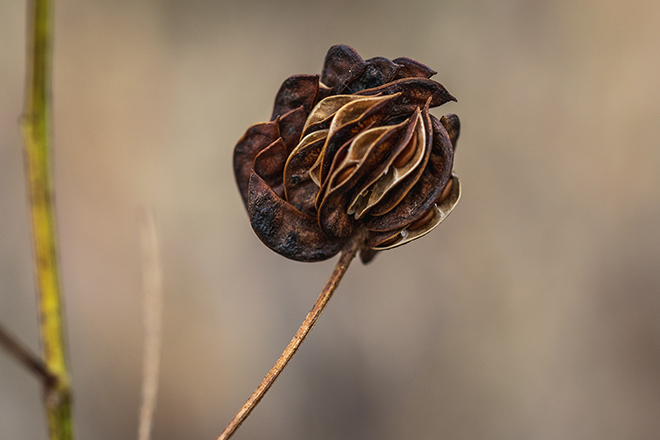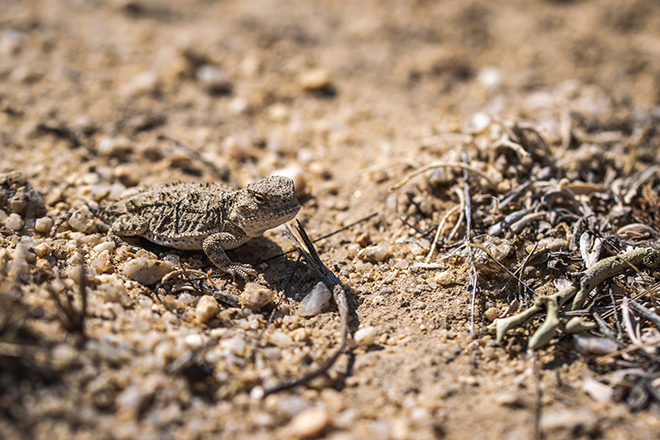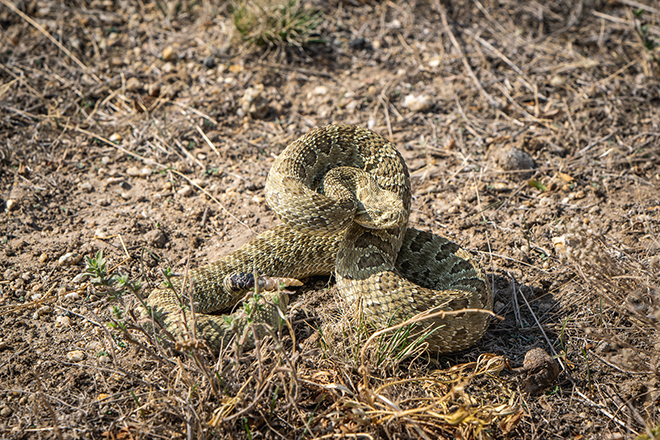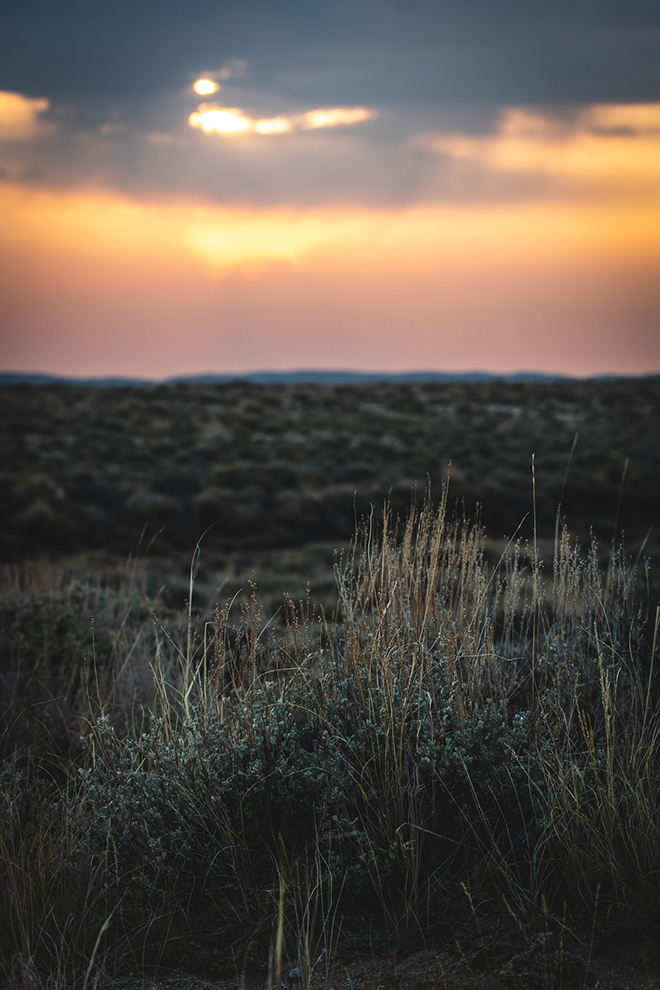Story and photos by Marissa Jensen
September is a month I constantly long for, with its promise of cool nights, crisp mornings, and the changing palettes of fall. Nebraska’s prairie grouse opener lies within this month and I treat the season as a revered holiday.
This year’s opener began like many others; met with the blistering heat by early afternoon. We squeezed what time we could into the sandhills, with the early morning’s breath providing a small but necessary reprieve. At the end of a particularly long trek, we were rewarded by a staunch point over thick cover. With tired limbs and humidity blanketing my glasses, I moved forward begrudgingly, expecting to call my bird dog’s bluff.
Several young greater-prairie chickens flushed in response to our approach, a reward for our efforts and another reminder to trust my dog, but in cover I wouldn’t have deemed suitable. The species of plant was unrecognizable for me, so I made a mental note to explore it once I was home, but like many mental notes, it was quickly and easily forgotten.

Just a few short weeks later, I found myself in unfamiliar land, surrounded by the indescribable and vanishing beauty of the sage brush steppe. Try as I might, I couldn’t identify the habitat we walked through beyond a vague description of “sage brush.”
Disappointed, I resolved to change my ways from that hunt forward.
How well can each one of us identify the individual intricacies of the land we enjoy so frequently? Identifying the natural world by broad, generic terms such as grass, flower or turtle doesn’t give each unique entity the due diligence or recognition they deserve.
We collect these little totems of the hunt; the dried seeds of an unknown forb wedged deep within the folds of our vests, the feather of an unknown bird we stopped to pick up and ponder what species it may have come from, that glimpse of a lizard we can’t identify.

We may give these objects and moments little notice except a pause and a smile before we discard them – and their memory - and once again, move on.
With each step and each moment, we spend upon this landscape, we deliver an impact. It is in each hunt, each step, each shot that we briefly take hold of something truly wild. In those quiet, overlooked moments of our uplands, we become part of its very existence.
To know habitat is to know wildlife. One cannot exist without the other. But to know habitat only for the sake of the hunt is a disservice to the wildlife and the land.
Do we not owe this land then – for both its very existence and our enjoyment of it – a basic knowledge of its details? To distinguish a blade of little bluestem from brome? To recognize and appreciate the importance and unique role of the prairie rattlesnake, the dicksissel, and all other upland flora and fauna?

Greater understanding leads to deeper appreciation, where we can truly begin to know the land we love. In the future, take a moment to look around. Appreciate the black-eyed Susan, one of many wildflowers that helps sustain a diverse life on the prairie, or the meadowlark, that provides not only frustration and entertainment for our bird dogs but sings the song of the grasslands for all to hear.
Note the creek that sustains the land and the habitat running alongside, allowing the water to remain crisp and clean. Most importantly, learn what you can do, as an individual, to appreciate the complexities that make up the grasslands.
Knowledge is power, and the grasslands need us now more than ever. Once we take hold of something wild, we begin to understand its deeper meaning and the importance of its role within the ecosystem. Likewise, each time we become part of that wild, we alter it, for better or for worse, and here in lies the importance of our knowledge, ownership, and responsibility.
 Marissa Jensen is Education and Outreach Program Manager for PF & QF
Marissa Jensen is Education and Outreach Program Manager for PF & QF
This story originally appeared in the Winter 2021 issue of Quail Forever Journal. If you liked it, and would like to read more, become a member today!